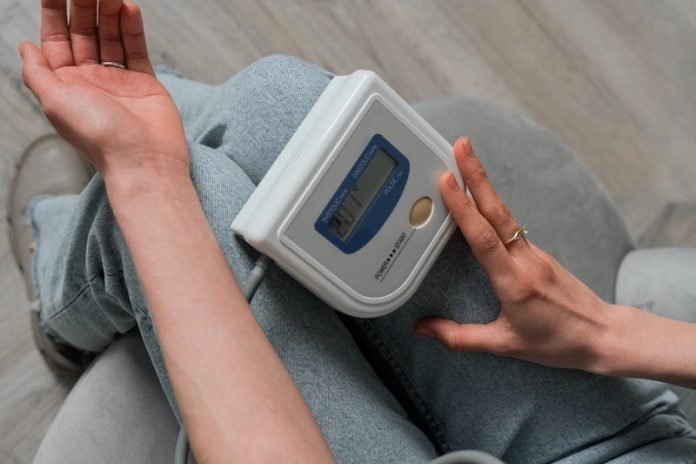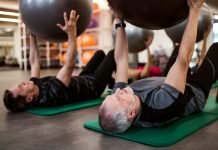
The first personalized advice on the most effective exercises to lower blood pressure has been published in the European Journal of Preventive Cardiology, a journal of the European Society of Cardiology (ESC).
The ESC consensus document outlines specific activities according to an individual’s current blood pressure level.
Personalized Exercise Guidelines for Blood Pressure Management
High blood pressure is responsible for one in four heart attacks. By 2025, it is estimated that around 60% of the world’s population will have hypertension.
While the beneficial impact of exercise on blood pressure is widely recognized, previous recommendations have largely focused on the quantity of exercise per week, without considering the individual’s initial blood pressure level.
For the first time, this consensus document provides detailed guidance on how to lower blood pressure in people with hypertension, high-normal blood pressure, and normal blood pressure, based on an analysis of the highest quality evidence.
Specific Exercise Recommendations for Different Blood Pressure Levels
For people with hypertension (blood pressure of at least 140/90 mmHg), aerobic exercises like walking, running, cycling, or swimming are recommended as the most effective method.
“In people with hypertension, the blood pressure reduction that can be achieved with aerobic exercise is the same, or even slightly more, than taking a single antihypertensive medication,” said first author Professor Henner Hanssen of the University of Basel, Switzerland.
Dynamic resistance training is recommended for those with high-normal blood pressure (130-139/85-89 mmHg).
This type of training typically involves strength training with at least six large muscle groups, with exercises like weight lifting, squats, and push-ups.
For people with normal blood pressure (less than 130/84 mmHg), isometric resistance training, involving static muscle contraction such as handgrip exercises, is the most beneficial.
The consensus document emphasizes that physical activity should be performed regularly to maintain its benefits.
The blood pressure lowering effect of most exercises lasts about 24 hours, similar to medication, so daily activity is recommended if possible.
The purpose of these guidelines is to reduce the risk of heart attacks, strokes, and deaths from cardiovascular disease by lowering blood pressure, enabling more years of life in good health.
If you care about blood pressure, please read studies about unhealthy habits that could increase high blood pressure risk, and people with severe high blood pressure should reduce coffee intake.
For more information about blood pressure, please see recent studies that early time-restricted eating could help improve blood pressure, and results showing plant-based foods could benefit people with high blood pressure.
The study was published in the European Journal of Preventive Cardiology.
Copyright © 2023 Knowridge Science Report. All rights reserved.




